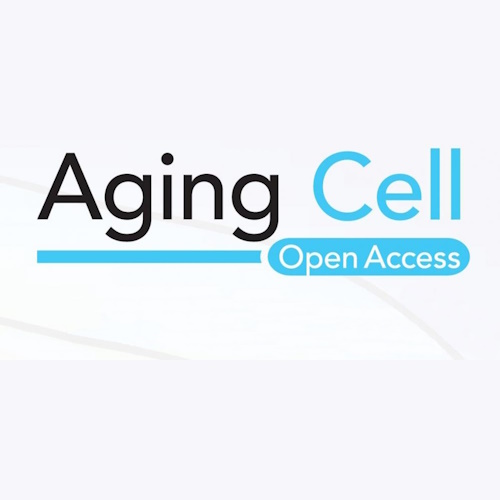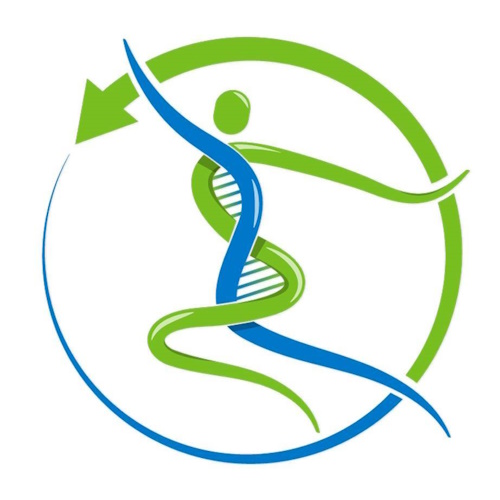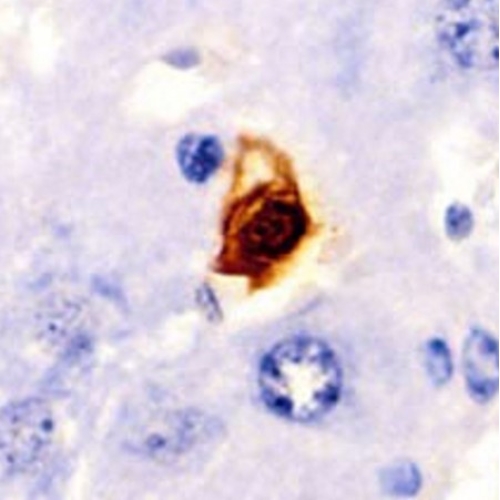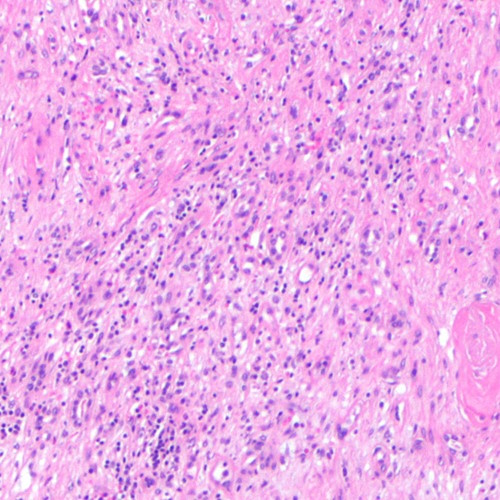Key points from article :
Senescent cells overreact to inflammatory stimuli, causing them to excessively excrete compounds that promote inflammation.
Researchers irradiated half of human umbilical vein endothelial cells (IR HUVECs) to induce senescence.
Exposed IR HUVECs and control group (NC HUVECs) to three chemicals.
Lipopolysaccharide (LPS) was the strongest stimulant in IR HUVECs.
Exposure to interleukin 1 beta (IL1ß) and tumor necrosis factor alpha (TNFa) resulted in similar results.
TNFa expression was increased roughly 30-fold in NC HUVECs but nearly 1500-fold in IR HUVECs.
Chemical production of inflammatory in NC HUVECs was lower than that of unstimulated IR HUVECs.
Stimulating IR HUVECs nearly doubled the production of these factors.
The p38 pathway and NF-kB pathway were also found to be involved.
Researchers call for a study to prove that senescent cells are central to the development of inflammatory pathologies like cytokine storm.
Study led by Daohong Zhou from University of Florida, published in Aging.







